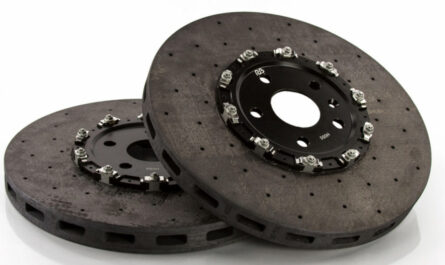Landmines and unexploded ordnances have contaminated over 60 countries across the world posing grave danger to civilians long after the conflict has ended. Decades of conflicts have left a deadly legacy of mines and explosives in the ground threatening lives and obstructing development. However, new technologies are helping revolutionize mine clearance and boosting humanitarian demining efforts.
Challenges of Manual Demining
Traditional mine clearance techniques rely heavily on manual demining where trained deminers use metal detectors and prodders to meticulously comb through mined areas. While this remains the most accurate method, it is also slow and risky. Manual demining is physically taxing work requiring deminers to carefully scan the ground for sometimes minute clues about the presence of mines. Even a slight mistake can prove fatal. The challenging terrain and harsh weather conditions in many mine-affected regions further slow down the process. On average, manual demining clears only 10-100 square meters per day putting deminers at constant risk of accidents.
Role of Machines
To address the limitations of manual Mine Clearance System, machines are increasingly being utilized for fast and safe clearance of large minefields. Modern demining machines are specially designed vehicles that can detonate mines remotely using tillers, flails or rollers. They allow the clearing of vegetation and tripping mines from a safe distance without putting humans in direct danger. Machines have proven highly effective in clearing broad mine rows and fencing rows in large minefields. They are capable of clearing 500-1000 square meters per day, a rate 50-100 times faster than manual demining. However, machines alone cannot replace humans as some buried mines may remain undetonated requiring manual follow-up.
Advances in Detection Technology
New detection technologies are helping pinpoint the exact locations of buried landmines and explosives with greater precision and speed. Ground penetrating radars deploy high-frequency radio signals to map buried objects by analyzing signal reflections. They can detect metal and plastic mines buried up to 30 cm deep. Advanced dual-sensor detectors combine metal detection with ground-penetrating radar to improve detection performance. Chemically sensitive detectors analyze trace amounts of explosives vapor in the soil through color-changing papers or ion mobility spectrometers. Others use neutron and x-ray-based techniques for deep exploration of mined soils. When paired with geospatial data and artificial intelligence, these technologies offer promising solutions for speeding up clearance.
Application of Drones
The use of drones is revolutionizing how minefields are surveyed and mapped. Unmanned aerial vehicles equipped with advanced cameras can rapidly capture high-resolution aerial images and videos of suspect areas. Through photogrammetry, detailed orthomosaic and 3D maps of terrain and vegetation characteristics are produced. Combined with other data sources, these maps allow precise delineation of minefield perimeters and identification of anomaly patterns – greatly enhancing operational planning. During clearance, drones monitor progress from above and facilitate quality assurance checks. They eliminate the need to repeatedly deploy deminers for surveying tasks, boosting efficiency. Integrating drone data analytics is transforming how clearance operations manage information and make real-time decisions.
Robotics and Automation
Another major area of advancement lies in developing autonomous and semi-autonomous robots capable of detecting and neutralizing mines remotely. Wheel-legged robots deploying arrays of sensors can explore hazardous zones, identify anomalies and detonate discovered mines from a safe distance through clever manipulators or payload deployment systems. Some robotic systems on testing grounds use advanced machine learning algorithms trained on vast datasets to achieve superhuman detection accuracy. Though still in development, future robot teams working collaboratively with drones and operators hold promise for fully automating the most dangerous phases of demining. As technologies mature, such autonomous solutions will boost safety and productivity multi-fold while reducing human presence inside minefields.
Challenges Ahead
While great strides are being made, translating emerging solutions from laboratories to real world clearance remains a work in progress. Most technologies require further field validations and upgrades to handle the diversity of mine threats and terrain conditions encountered globally. High costs and shortages also limit wider adoption particularly in poorer nations with vast mine contamination. Issues pertaining to data security, liability and equipment durability need addressing. Standardizing testing protocols and certifying systems as per international norms takes time. Overcoming these challenges will play a key role in delivering the full benefits of innovation to affected communities and ensuring the vision of a mine-free world becomes a reality.
After decades of laying mines with little regard for civil populations, emerging detection, and clearance technologies offer hope that we can remedy the situation with equal determination and hasten the goal of a mine-free world. While the road ahead is long, steady advancements are making clearance operations faster, safer, and more effective in alleviating human suffering. With continued collaborative efforts and responsible innovation, the specter of landmines can be overcome in our lifetime.
*Note:
1. Source: Coherent Market Insights, Public sources, Desk research
2. We have leveraged AI tools to mine information and compile it



